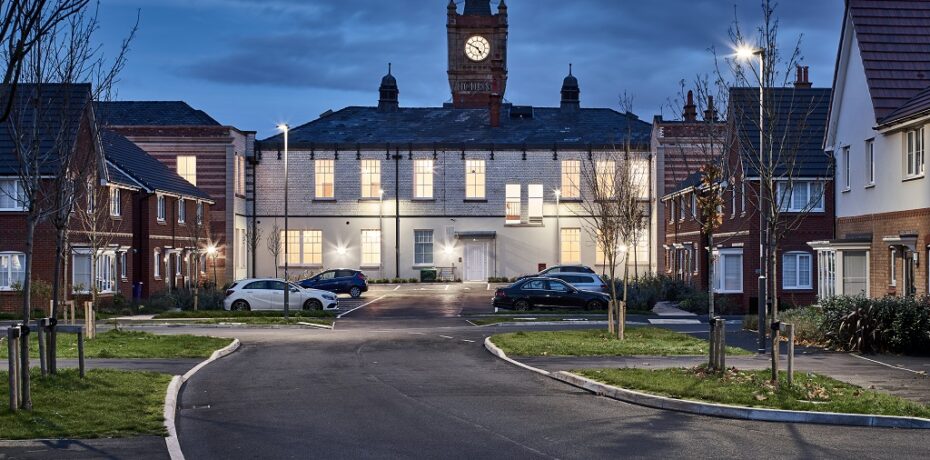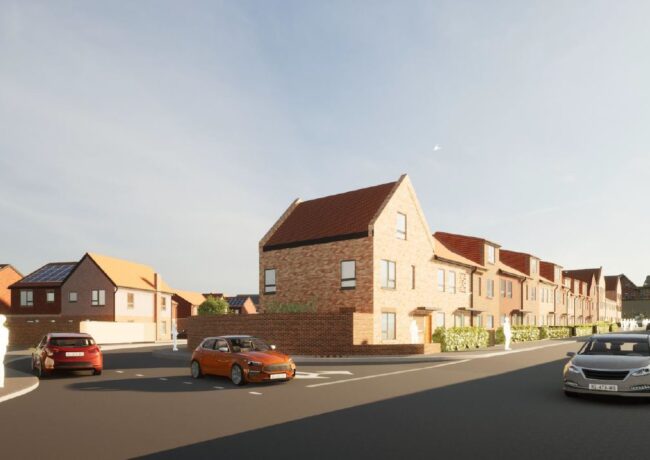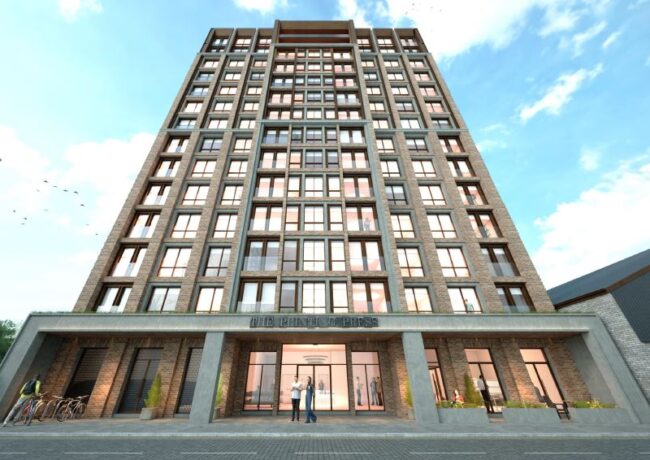Commentary
COMMENT | A heritage solution to affordable housing crisis
 The need to deliver more homes shows no signs of abating and the need to build affordable homes continues to rise as targets for the construction of social housing go unmet, writes Victoria Alderton of Paddock Johnson.
The need to deliver more homes shows no signs of abating and the need to build affordable homes continues to rise as targets for the construction of social housing go unmet, writes Victoria Alderton of Paddock Johnson.
Pressure to find suitable sites for housing is also increasing with all the ‘easy’ sites having been snapped up years ago, leaving challenging brownfield or, dare we mention, green belt land being considered.
And yet many of our towns and cities have hidden pockets of land, concealed behind overgrown vegetation and hoarding, in which sit forgotten historic buildings, empty and slowly decaying, the only thing preventing them from demolition being their listed status.
Once vacant it doesn’t take long for a listed building to transform from a financial asset into a liability, as the cost to bring it back into use escalates, along with the risks of encountering unknowns in the process, putting off even the most courageous developer. It’s no wonder then, that heritage sites are not top of the list for affordable housing providers and developers. However, their dilapidated state hides the potential benefits that can be realised over a new-build scheme.
People value the historic environment as it represents their cultural and natural heritage; it gives distinctiveness, meaning and quality to an area and provides a sense of continuity and a source of identity, something that can be difficult to recreate in a completely new development.
Character and identity are not the only reason we should be making more effort to transform historic sites for affordable housing. The government’s commitment to sustainability has been brought to the fore through the target of achieving net-zero emissions by 2050 and construction has a huge part to play in this. Given the extent of embodied energy in creating and demolishing buildings surely it makes sense to reuse our existing buildings where we can.
Where people have been brave enough to take on the challenge of a historic site, the results speak for themselves. When Torus, formerly LMH (Liverpool Mutual Homes), were presented with the opportunity at Ogdens Tobacco Factory in Everton it did not naturally sit within their business model. Paddock Johnson was not involved in this project – Brock Carmichael was the lead architect for the scheme. However, we believe that, strategically, the project ticked lots of boxes.
Ogdens was the home of Ogden Imperial Tobacco from 1899 through to 2007, employing over 2,500 local people in its history. In addition to several factory buildings, the site included the iconic grade-two listed office building, a prominent local landmark and connection to Liverpool’s industrious past.
The factory buildings were demolished making way for 120 new-build affordable and shared ownership houses and the listed building was converted into 19 affordable apartments. Realising the vision was not without its difficulties, a full roof replacement, stolen lead and issues over fire compartmentalisation put pressure on the budget. However, the use of Torus’s in-house contracting arm, HMS, and assistance from Homes England made dealing with the unknowns more manageable.
As part of the conversion of the listed building, ground floor historic office spaces were retained for communal uses which have proved hugely popular and have encouraged interaction between residents, enhancing the sense of community.
For the people that live at Ogden’s Place there’s a greater sense of pride in where they live, the retained Ogden’s office building provides a readymade identity and a sense of belonging to something established. Why is this important? In a nutshell, turnover of residents is something which can be a challenge in other affordable apartment blocks. Two years since completion all the people who originally moved into the apartments in the listed building are still there.
Regeneration, unlocking potential and a commitment to creating sustainable, thriving communities are all key to Torus’s, vision and purpose and therefore the reuse and redevelopment of this important site within the community provided the strategic benefits which compensated for the financial outlay. Developers looking to make huge profits are unlikely to achieve their goals converting these types of urban heritage sites, however, for those organisations whose drivers and purpose extends beyond the need to pay shareholders, Heritage sites have a huge amount to offer, not least the opportunity for more socially inclusive growth.
So how do we encourage more developments like Ogdens? Firstly, there needs to be greater financial incentives for conversion of existing buildings into housing, bringing refurbishment for housing in line with new build homes in terms of VAT would be a start. However, further targeted grants would also help with viability on schemes where rental and shared ownership values would struggle with the extra costs of repairing a historic building.
Finally, support at planning policy level and a more consistent and pragmatic approach at officer level in relation to the heritage asset’s capacity for change would also make the experience more positive.
Victoria Alderton is director of Paddock Johnson






Totally agree with Victoria. Her proposal works on so many different levels. Social, environmental and conservation levels among others.
By Eric Johnson
Free business rates on listed buildings is actually an unintentional disincentive for owners to invest. Owners of vacant listed buildings don’t have to pay business rates on the basis of an argument that they have additional maintenance overheads. Whilst that is true, there are many owners of listed buildings who with the advantage of free business rates have no incentive to invest – this needs to change.
As well as that, the long, protracted and costly process of Urgent Repair notices and Listed Building Notices needs a re-think to assist cash strapped local authorities to step in where there is blatant neglect.
By Kate Ingram
A good and valid contemporaneous comment on the current housing difficulties and the need to “recycle” both obsolete historic and unwanted commercial buildings. A lot to be done.!
By Mike Paddock